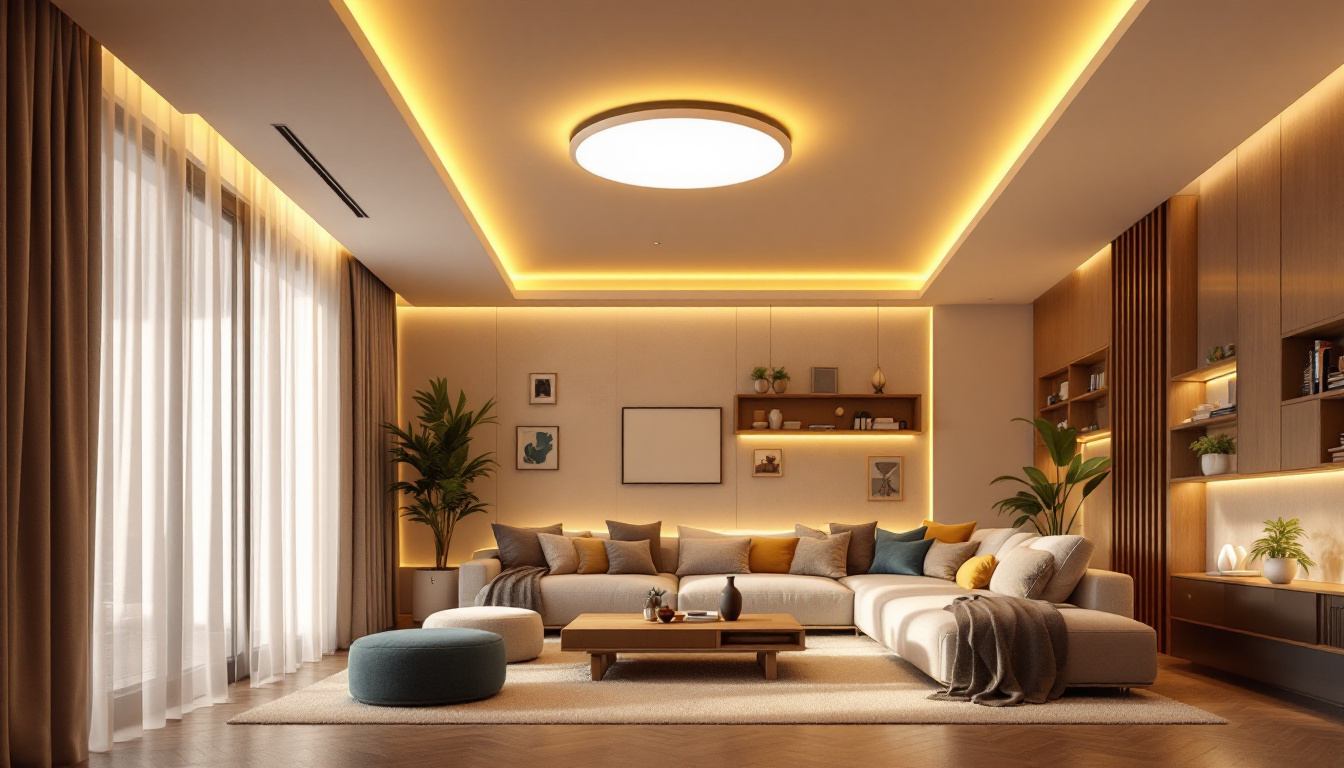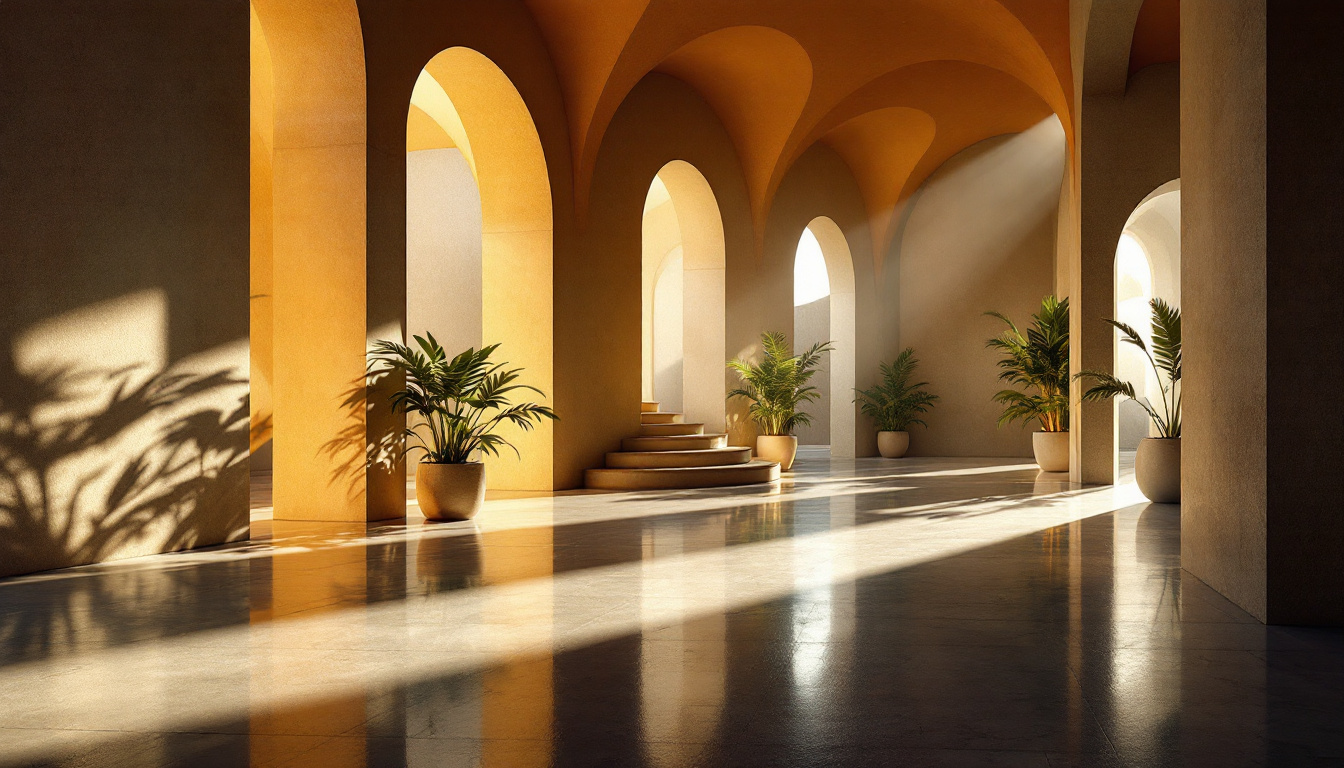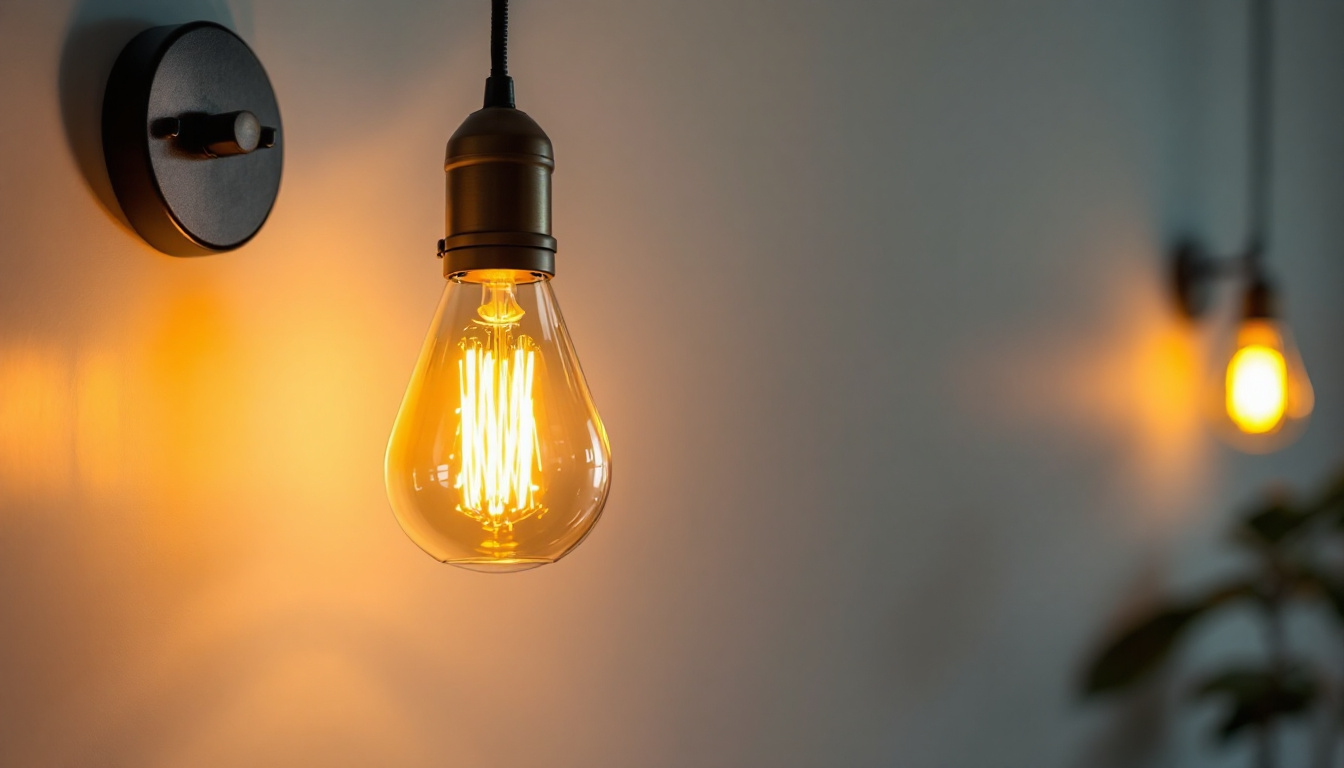

In the realm of lighting design, LED recessed ceiling lights have gained immense popularity among contractors and homeowners alike. Their sleek design, energy efficiency, and versatility make them an ideal choice for various applications. However, selecting the right LED recessed lights requires careful consideration to ensure optimal performance and aesthetic appeal. This article serves as an essential checklist for lighting professionals, providing insights and tips to guide the selection and installation process.
Before diving into the specifics of recessed lighting, it’s crucial to have a solid understanding of LED technology. LEDs, or Light Emitting Diodes, are semiconductor devices that emit light when an electric current passes through them. This technology has transformed the lighting industry due to its efficiency and longevity.
One of the standout features of LED lights is their energy efficiency. Compared to traditional incandescent or fluorescent bulbs, LEDs consume significantly less power while providing the same amount of light. This efficiency translates into lower energy bills for homeowners and businesses alike, making LEDs a cost-effective solution in the long run. Furthermore, the reduced energy consumption leads to a decrease in greenhouse gas emissions, aligning with global efforts to combat climate change. As more consumers become environmentally conscious, the demand for energy-efficient lighting options continues to grow, reinforcing the importance of LEDs in modern lighting design.
LEDs have a much longer lifespan than conventional lighting options, often lasting up to 25,000 hours or more. This durability not only reduces the frequency of replacements but also minimizes waste, contributing to a more sustainable lighting solution. For lighting professionals, this means fewer service calls and increased customer satisfaction. Additionally, the robust nature of LEDs makes them resistant to shocks and vibrations, making them ideal for a variety of applications, from residential to industrial settings. This resilience ensures that LED lights maintain their performance even in challenging environments, further enhancing their appeal.
LEDs are available in a range of color temperatures, measured in Kelvin (K). From warm white (around 2700K) to cool daylight (5000K and above), selecting the right color temperature is vital for creating the desired ambiance in a space. Additionally, the Color Rendering Index (CRI) measures how accurately a light source displays colors. A higher CRI indicates better color accuracy, which is essential for spaces where color perception is critical, such as art studios or retail environments. Beyond just color temperature, LEDs can also be dimmable, allowing users to adjust the brightness according to their needs or preferences. This flexibility not only enhances the functionality of a space but also contributes to energy savings, as dimming lights can further reduce power consumption.
Selecting the appropriate recessed lighting involves several factors, from the type of space to the specific lighting needs. Here’s a checklist to guide lighting professionals through the selection process.
Understanding the purpose of the lighting is the first step in making an informed selection. Is the goal to provide general illumination, accent lighting, or task lighting? For instance, general illumination is best achieved with broader beam angles, while accent lighting requires focused beams to highlight specific features. Task lighting, on the other hand, should provide sufficient brightness for activities such as reading or cooking. Additionally, it’s vital to consider the color temperature of the bulbs used, as warmer tones can create a cozy atmosphere, while cooler tones can enhance productivity and alertness, making them ideal for workspaces.
The dimensions and layout of the space play a crucial role in determining the type and number of recessed lights needed. For larger areas, multiple fixtures may be necessary to ensure even light distribution. Additionally, the ceiling height should be taken into account; higher ceilings may require fixtures with higher lumen output to achieve the desired brightness. It’s also beneficial to analyze the room’s layout, as the placement of furniture and architectural features can affect how light is perceived. For example, placing recessed lights in a staggered pattern can help avoid shadows and create a more inviting environment.
Recessed lights come in various sizes, typically ranging from 4 to 6 inches in diameter. The size of the fixture should complement the scale of the room and the height of the ceiling. Furthermore, trim options can affect both the aesthetics and functionality of the lighting. Trim styles, such as baffle, reflector, or adjustable, can influence the direction and quality of light, making it essential to choose wisely based on the intended application. Moreover, selecting the right finish for the trim can enhance the overall decor of the space; for instance, a matte finish can provide a subtle look, while a polished chrome can add a touch of modern elegance. It’s also worth considering whether to use IC-rated fixtures, which are safe for use in insulated ceilings, or non-IC-rated fixtures, which require a minimum clearance from insulation materials to prevent overheating.
Proper installation is key to maximizing the performance of LED recessed ceiling lights. Lighting professionals need to be aware of several factors that can impact the installation process.
Before installation, it’s crucial to assess the electrical requirements of the LED fixtures. Ensure that the existing wiring can support the new lights, and verify that the circuit is not overloaded. This may involve calculating the total wattage of all fixtures on the circuit and ensuring it falls within the safe limits. Additionally, consider using dimmer switches compatible with LED technology to enhance energy savings and control over lighting levels. It’s also wise to consult local building codes and regulations, as they may dictate specific requirements for electrical installations, ensuring safety and compliance with industry standards.
When installing recessed lights in insulated ceilings, it’s essential to use IC-rated fixtures. These fixtures are designed to be in contact with insulation without posing a fire hazard. Additionally, ensuring proper airflow is vital to prevent overheating and extend the lifespan of the LEDs. Consider using fixtures with built-in thermal protection to mitigate these risks. Furthermore, it’s beneficial to assess the insulation type and R-value in the ceiling, as this can influence the overall efficiency of the lighting system. Proper insulation not only helps maintain temperature but also contributes to energy efficiency, leading to lower utility bills over time.
The placement and spacing of recessed lights can dramatically affect the overall lighting quality. A common rule of thumb is to space fixtures about 4 to 6 feet apart, depending on the beam angle and the height of the ceiling. For accent lighting, fixtures should be positioned to highlight specific features, such as artwork or architectural details, while avoiding glare and shadows. Additionally, consider the purpose of the room when determining placement; for instance, task lighting in kitchens or workspaces may require more focused lighting, while ambient lighting in living areas can be more diffuse. Experimenting with different layouts can help achieve the desired ambiance and functionality, ensuring that every corner of the space is well-lit and inviting.
Flickering lights can be a common issue with LED fixtures, often caused by incompatible dimmer switches or poor connections in the wiring. It’s essential to ensure that all components, including dimmers, are compatible with LED technology. If flickering persists, checking the connections and replacing any faulty components may be necessary.
While LEDs require less maintenance than traditional lighting, they still benefit from periodic cleaning. Dust and debris can accumulate on the fixtures, diminishing their brightness and overall performance. Regularly cleaning the trim and lens with a soft cloth can help maintain optimal light output and prolong the life of the fixtures.
Over time, some LEDs may experience color shift, where the light output changes from its original color temperature. This can be due to aging components or overheating. If color shift occurs, replacing the affected fixtures or ensuring proper ventilation may be necessary to prevent future occurrences.
The lighting industry is constantly evolving, with new trends emerging regularly. Staying informed about these trends can help lighting professionals offer the best solutions to their clients.
Smart lighting technology is becoming increasingly popular, allowing users to control their lights remotely through smartphones or voice-activated devices. Integrating smart features into recessed lighting can enhance convenience and energy efficiency, making it a desirable option for modern homes and businesses.
As design trends shift, recessed lighting is being incorporated into more architectural and decorative styles. From minimalist designs to more elaborate trim options, there are endless possibilities to create unique lighting solutions that complement the overall aesthetic of a space. Lighting professionals should stay updated on these trends to provide clients with innovative and stylish options.
With growing awareness of environmental issues, there is an increasing demand for sustainable lighting solutions. LED technology is inherently more sustainable than traditional options, but professionals can further enhance sustainability by choosing fixtures made from recyclable materials or those that incorporate energy-efficient features. Educating clients about the benefits of sustainable lighting can also help in making informed choices.
LED recessed ceiling lights offer a versatile and efficient lighting solution for various applications. By understanding LED technology, choosing the right fixtures, ensuring proper installation, and staying informed about trends, lighting professionals can deliver exceptional results to their clients. This essential checklist serves as a guide to navigate the complexities of LED recessed lighting, ultimately leading to successful installations and satisfied customers.
Ready to elevate your lighting projects with the efficiency and sophistication of LED recessed ceiling lights? At LumenWholesale, we provide lighting professionals like you with the highest quality, spec-grade lighting products at unbeatable wholesale prices. Say goodbye to local distributor markups and hello to a vast selection of reliable lighting solutions that meet rigorous industry standards. With free shipping on bulk orders, you can stock up on premium lighting without any hidden fees. Make your next project shine brighter by choosing Wholesale Lighting at the Best Value with LumenWholesale, where quality, affordability, and convenience come together seamlessly.

Discover the essential insights lighting contractors need to master architectural lighting.

Discover essential insights and expert tips for lighting contractors in this comprehensive guide on light fixtures.

Discover the essential insights lighting contractors need for commercial projects.

Discover why purchasing stairway and corridor lighting in bulk from local distributors might not be the best choice.
Get notified when NEW deals are released.
Optimize your budget with wholesale discounts.
Only top-quality, specification-grade lighting products.
No additional costs at checkout - what you see is what you pay.
We understand the unique needs of contractors.